We looked at the type of cerebrovascular disease and the relationship between diagnostic code dementia
Today, we’re going to look at cerebrovascular disease and dementia, the second leading cause of death in Korea. In particular, we will focus on vascular dementia, which has been rapidly increasing recently.What is cerebrovascular disease?Cerebrovascular disease, also known as stroke (middle wind), is a disease caused by the interruption of blood supply inside or outside the brain tissue due to various causes such as cerebral hemorrhage and cerebral infarction. Typical types of cerebrovascular diseases include cerebral hemorrhage, cerebral infarction, spider and moya disease, among which cerebral hemorrhage or cerebral infarction accounts for more than 80% of all cerebrovascular diseases.
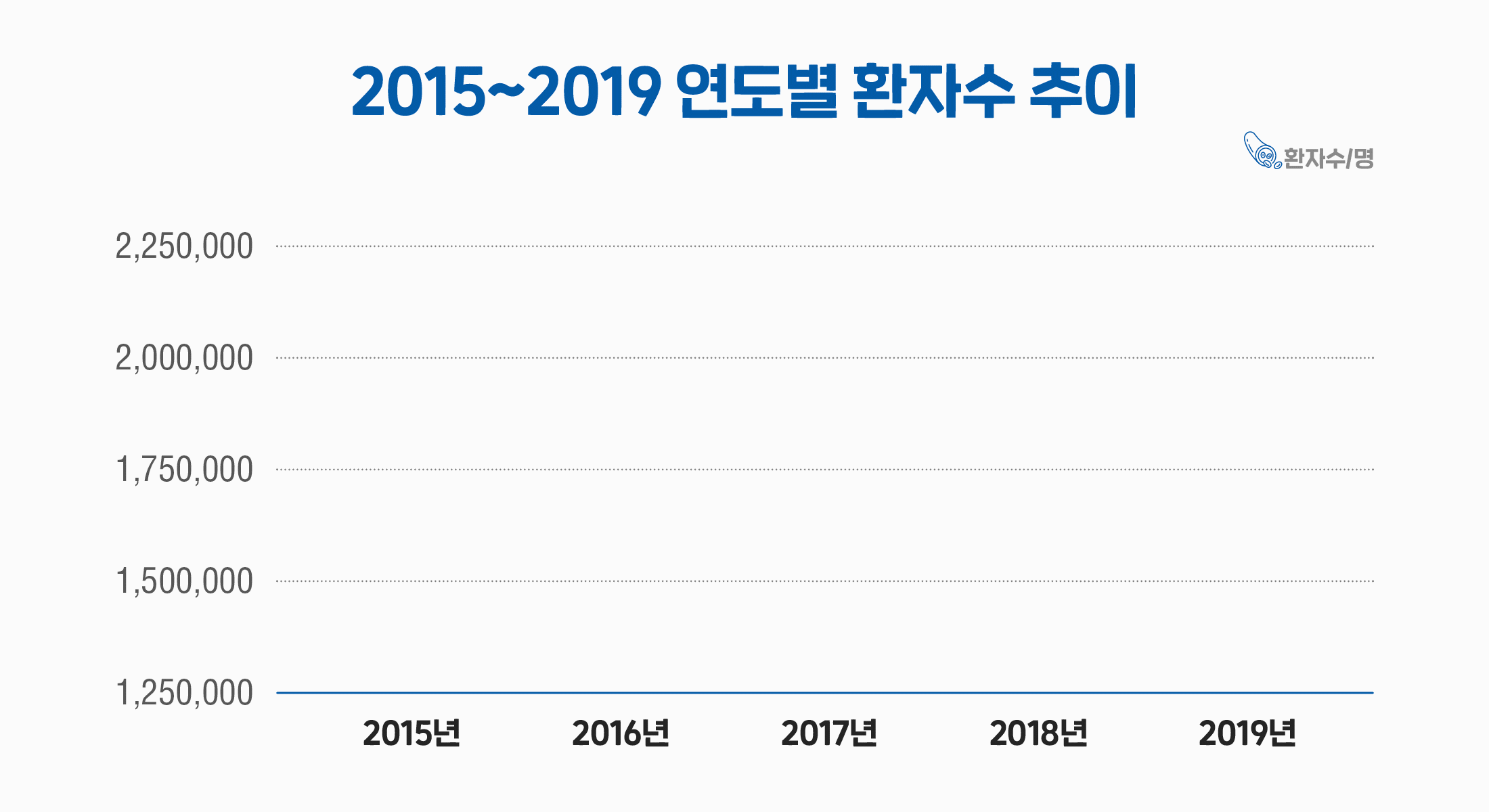
The main symptom of brain blood vessels, vomiting, consciousness, consciousness, sickness, consciousness, sickness.Also, the feeling of numbness of the limbs, and numbness, and pain, and severe headache, dizziness, dizziness, dizziness, dizziness, dizziness, dizziness, dizziness, dizziness, dizziness, dizziness, dizziness, dizziness, and severe.If these symptoms appear, you can go to the hospital immediately after these symptoms appearance.cognitive functionality is a normal and the brain functionality caused by various causes of brain functionality, and the overall awareness functionality is continuously reduced and general life.In other words, it is a syndrome that shows a comprehensive symptom of sexual changes, and behavior psychological symptoms such as character change, behavior.Unlike Alzheimer’s disease, the elderly people are known as well known Alzheimer’s disease, about 10 percent of the population.The characteristic of the aging brain disease, and has gradually deteriorated in age, and the characteristics of deterioration.It is also the best way to prevent the recovery method.
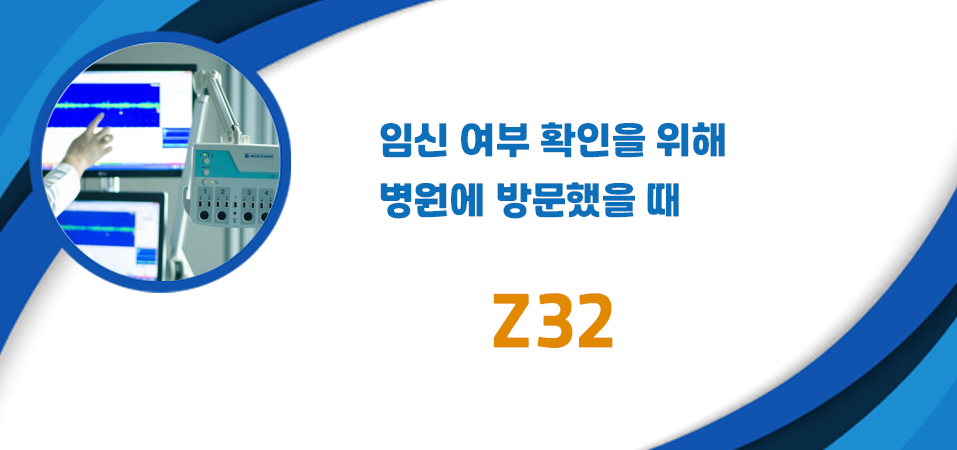
Vascular dementia is a case of dementia caused by damage to brain tissue due to cerebrovascular disease (stroke). About 10-15% of all dementia patients have vascular dementia, which is the second most common dementia after Alzheimer’s. More than 100,000 new vascular dementia patients occur every year in Korea, and the socioeconomic burden is also very high. According to a recent study, both alcohol and cigarettes act as risk factors for vascular dementia. In particular, smokers have twice the incidence rate compared to non-smokers. Therefore, efforts should be made to prevent vascular dementia by maintaining a healthy lifestyle.
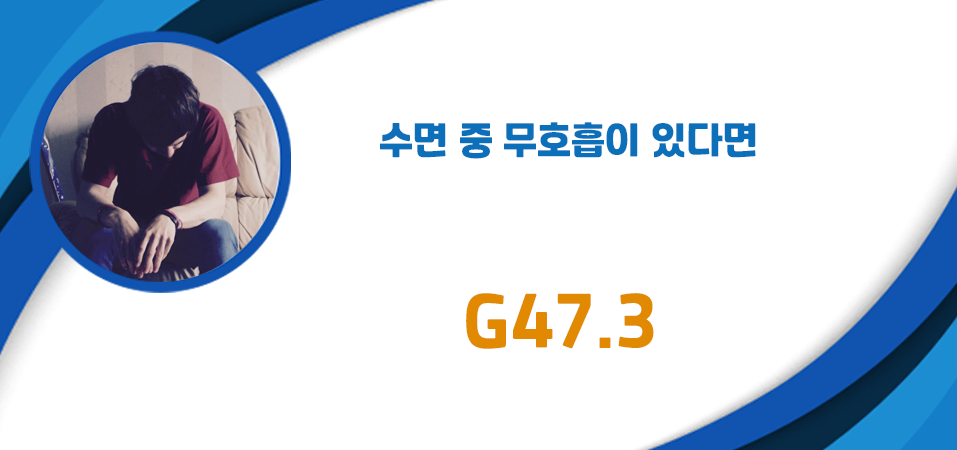
Vascular dementia is a case of dementia caused by damage to brain tissue due to cerebrovascular disease (stroke). About 10-15% of all dementia patients have vascular dementia, which is the second most common dementia after Alzheimer’s. More than 100,000 new vascular dementia patients occur every year in Korea, and the socioeconomic burden is also very high. According to a recent study, both alcohol and cigarettes act as risk factors for vascular dementia. In particular, smokers have twice the incidence rate compared to non-smokers. Therefore, efforts should be made to prevent vascular dementia by maintaining a healthy lifestyle.
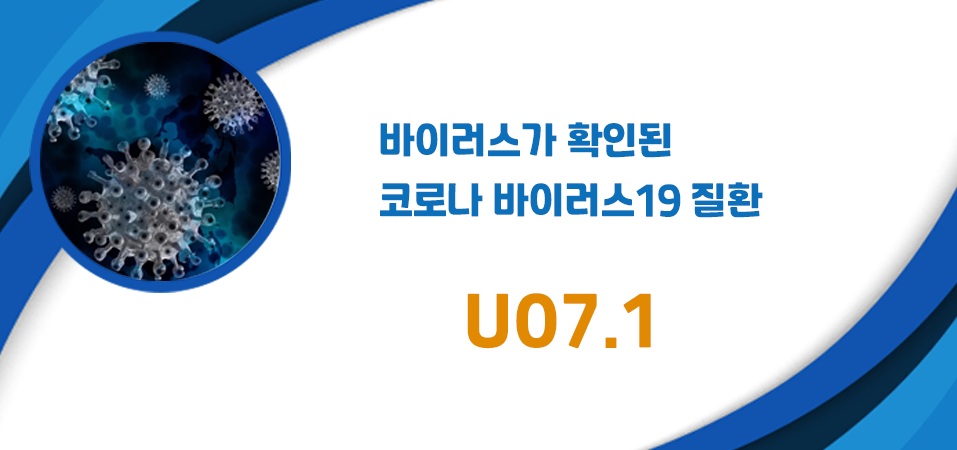
The difference between stroke and dementia Stroke occurs suddenly, but dementia often progresses slowly. Also, if it is accompanied by paralysis, it is a stroke, but otherwise it can be called dementia. However, both of them have fatal consequences if they miss the treatment period, so quick diagnosis and treatment are very important.
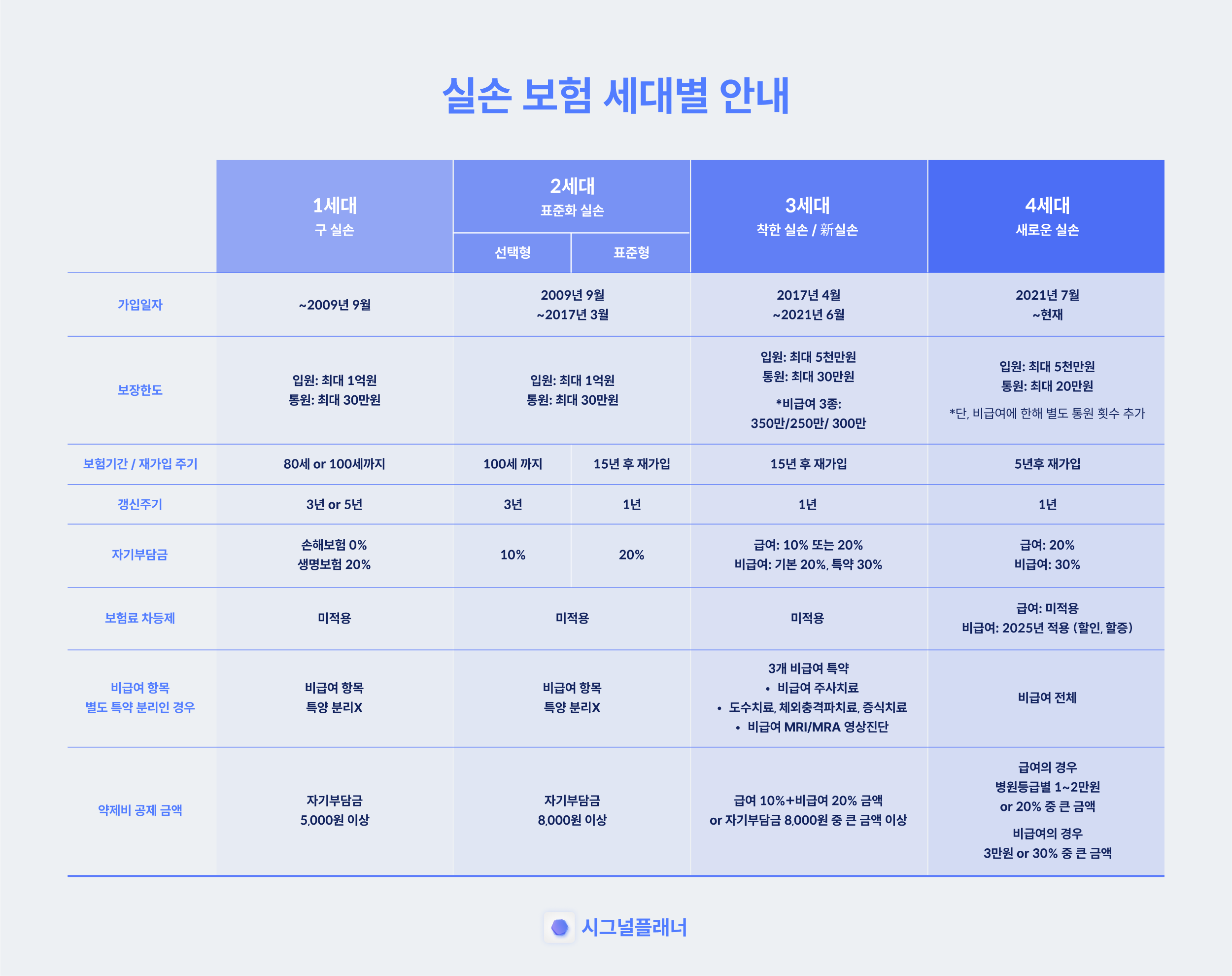
Cerebrovascular disease code Cerebrovascular disease code refers to the cerebrovascular disease classification table according to the 6th revision of the Korea Standard Disease Sign Classification (KCD) (National Statistical Office Notice No. 2015-309, effective January 1, 2016). The code structure and details from I60 to I69 have been changed since the 6th revision of KCD, unlike the 5th revision. Therefore, in order to compare all the products currently on sale, you must know exactly what they are about to make an accurate comparison.
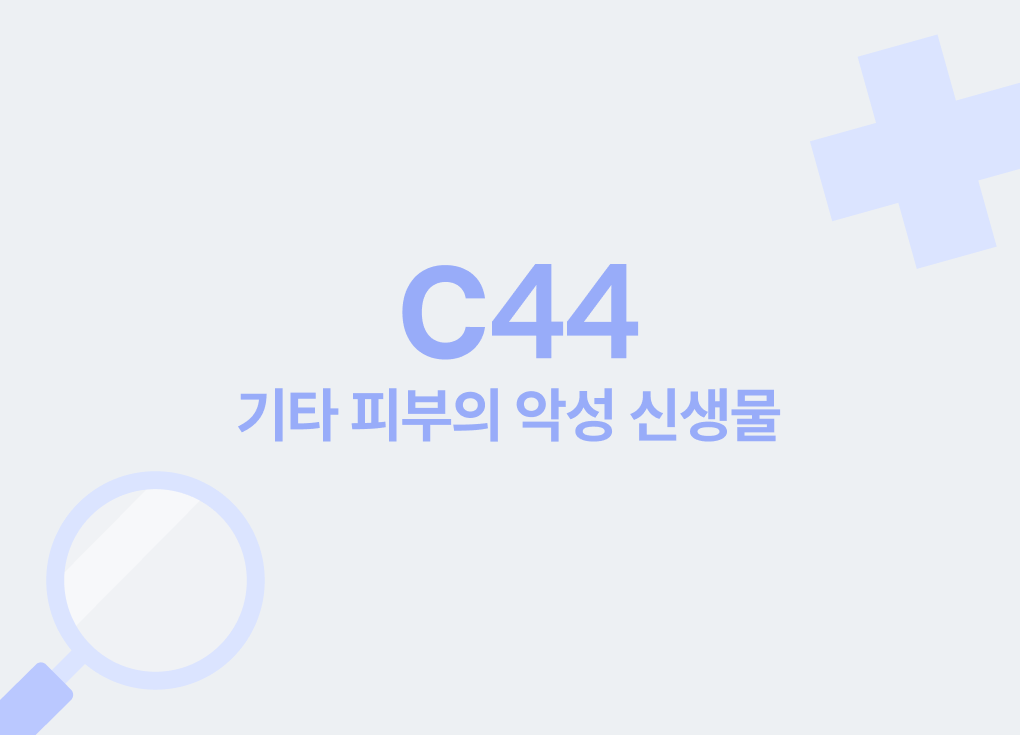
CEREBROVASCULAR DISEASE PREVENTION METHOD To prevent cerebrovascular disease, it is very important to improve lifestyle habits such as quitting smoking, abstaining from drinking, exercising regularly, and maintaining healthy eating habits. If you have risk factors such as high blood pressure, diabetes, hyperlipidemia, and obesity, it is recommended to get regular checkups along with continuous medication, and if you have a family history or are over 40, it is recommended to get tested once a year.Don’t forget that preventing both cerebrovascular disease and dementia in advance, which are the second-largest causes of death in Korea, can prevent it enough, and practice the right lifestyle to live a healthy life.Click on the easy way to consult!telephone counselingchat consultationbookbookbookbook3rd floor reservation of Superior Tower, 528 Teheran-ro, Gangnam-gu, Seoul Oriental Medicine Clinic3rd floor reservation of Superior Tower, 528 Teheran-ro, Gangnam-gu, Seoul Oriental Medicine Clinic3rd floor reservation of Superior Tower, 528 Teheran-ro, Gangnam-gu, Seoul Oriental Medicine Clinic3rd floor reservation of Superior Tower, 528 Teheran-ro, Gangnam-gu, Seoul Oriental Medicine Clinic3rd floor reservation of Superior Tower, 528 Teheran-ro, Gangnam-gu, Seoul Oriental Medicine ClinicPrevious Image Next ImagePrevious Image Next ImagePrevious Image Next ImagePrevious Image Next ImagePrevious Image Next ImagePrevious Image Next ImagePrevious Image Next Image



